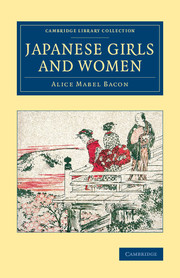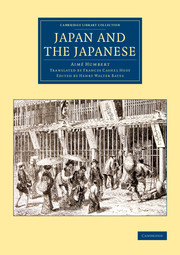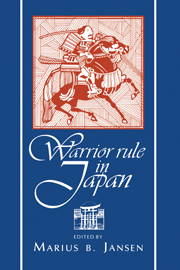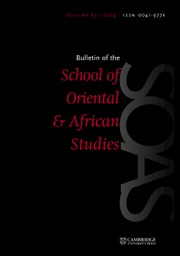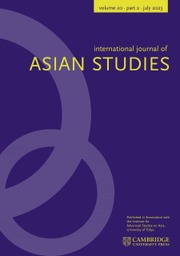Reading Medieval Ruins
The Japanese provincial city of Ichijōdani was destroyed in the civil wars of the late sixteenth century but never rebuilt. Archaeological excavations have since uncovered the most detailed late medieval urban site in the country. Drawing on analysis of specific excavated objects and decades of archaeological evidence to study daily life in Ichijōdani, Reading Medieval Ruins in Sixteenth-Century Japan illuminates the city's layout, the possessions and houses of its residents, its politics and experience of war, and religious and cultural networks. Morgan Pitelka demonstrates how provincial centers could be dynamic and vibrant nodes of industrial, cultural, economic, and political entrepreneurship and sophistication. In this study a new and vital understanding of late medieval society is revealed, one in which Ichijôdani played a central role in the vibrant age of Japan's sixteenth century.
- Enriches the deep historiography on Japan's medieval period in English and Japanese
- Uses 60 years of archaeological materials, supplemented by documentary and visual evidence
- For scholars and students of pre-modern Japan, urban history and material culture
Reviews & endorsements
‘Detailing the establishment, occupation, brutal destruction, and subsequent recreation of a nationally important heritage site, Morgan Pitelka invites us to join the ‘dance of agency' at Ichijodani, seat of the powerful Asakura clan. Through detailed and painstaking reconstruction of the quotidian experiences of this provincial city, Pitelka eloquently demonstrates how investigations here both defined medieval archaeology in Japan, and demand a fundamental re-evaluation of the dominant historical narratives around the unification of Japan in the late sixteenth century.' Simon Kaner, Sainsbury Institute for the Study of Japanese Arts and Cultures and the University of East Anglia
‘Reading Medieval Ruins invites us into the heart of a destroyed sixteenth-century city and resurrects the people who made their lives and livelihoods in the shadow of a fortified castle. It is both a beautifully rendered argument for the vitality of provincial urban spaces and a moving meditation on what was lost when these thriving communities were destroyed by war. By illuminating the ordinary lives and mundane objects that are too often obscured by tales of samurai generals and their conquests, this book makes a groundbreaking contribution to the history of Japan's medieval era.' Amy Stanley, Northwestern University
'A wonderful and intellectual read, this book is an engaging look at medieval Japan through the eyes of both a modern historian and a common citizen living in the city of Ichijōdani before its destruction. This book balances enjoyability and history education without, at any point, being dry or dull. One can confidently recommend this book to both refined scholars and history enthusiasts.' Fin Davey, World History Encyclopedia
‘Pitelka does an excellent job of bringing the town to life against the changing background of sixteenth-century Japan. The book is an important contribution to medieval Japanese history and archaeology.’ Mark Hudson, Monumenta Nipponica
‘… vital for understanding urbanization, material culture, and politics in sixteenth-century Japan, as well as modern commemorations of the period.’ Peter D. Shapinsky, Harvard Journal of Asiatic Studies
Product details
March 2022Adobe eBook Reader
9781009081429
0 pages
This ISBN is for an eBook version which is distributed on our behalf by a third party.
Table of Contents
- Acknowledgements
- Prologue
- 1. A provincial palace city as an urban space
- 2. The material culture of urban life
- 3. Late medieval warlords and the agglomeration of power
- 4. The material foundations of faith
- 5. Culture and sociability in the provinces
- 6. Urban destruction in late medieval japan
- Epilogue: The excavated nation on display
- Bibliography
- Index.



